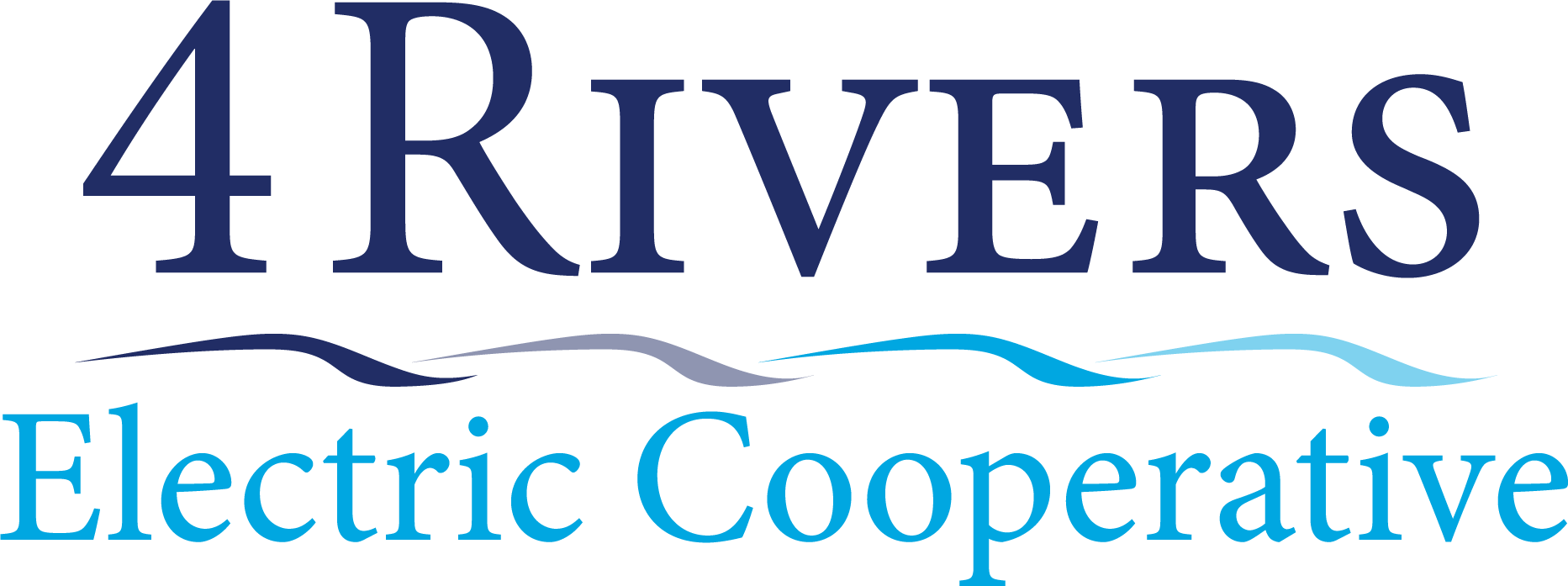Dennis Svanes, General Manager/CEO
4 Rivers Electric has completed a cost-of-service study (COSS) that, as the name suggests, looks at our costs to serve each rate class and the cost components within rate classes. Our COSS indicates a need to modify rates between and within rate classes.
Why do we consider this closely? We have a responsibility to you, our consumer-members, to make sure we are collecting rates as equitably as we can. Many of our operating costs are somewhat fixed, like poles, wires, substations and taxes. If we do not collect enough base fee (sometimes referred to as a service access fee or customer charge), we must charge more for the energy. Because the use of electricity varies, typically because of weather, we tend to over collect from some rate classes and under collect from other rate classes. It is virtually impossible to have a perfect tariff, but we can continue to make rate classes more equitable.
While we do not have the same cost structure of the telecom industry, they have experience similar rate changes like long distance, per minute and per text charges have moved to fixed costs. The difference is that energy does have a per unit cost to produce, and the highest peak days have the highest cost of production.
Some special interest groups do not like higher base charges. I was once asked, in a different state, to lower the base and triple the energy cost – by a solar panel seller with selfish motivation.
As an electric cooperative, we have cost considerations instead of profit motives when we design and implement rates. Any margins are allocated back to you, the consumer-member.
Your board of trustees has reviewed the information from the COSS and continues to discuss rate options and potential rate design changes. Considering the restructure of electric rates is one of the most challenging and important tasks your cooperative board tackles.
